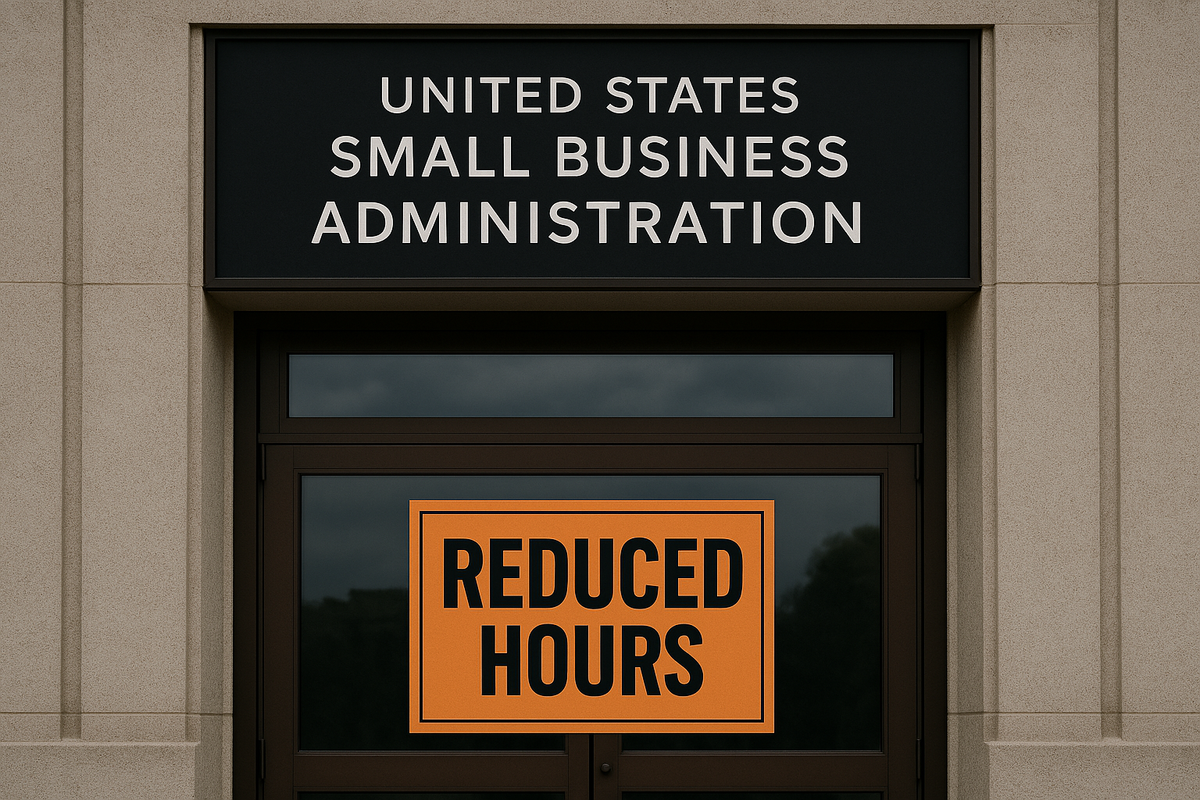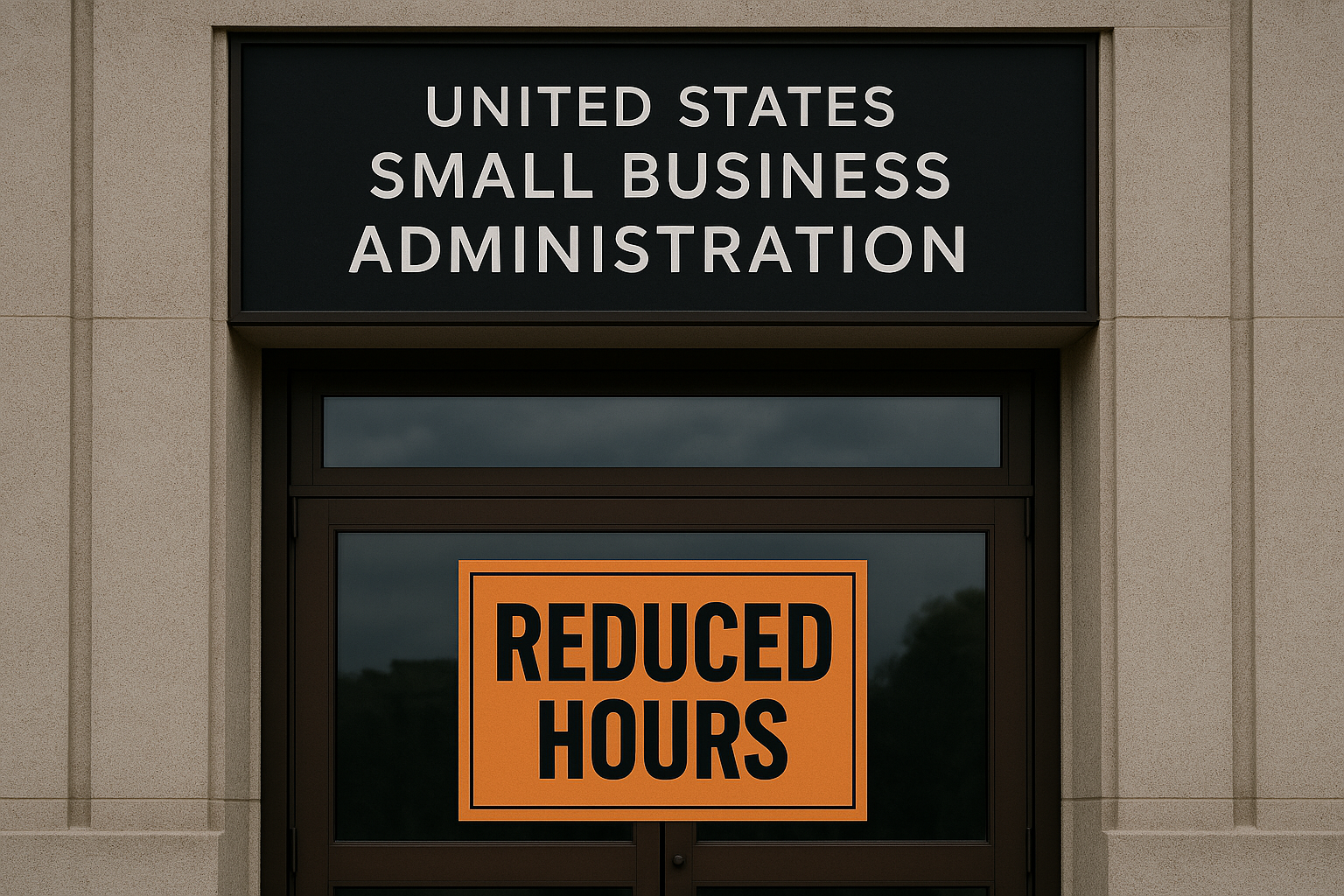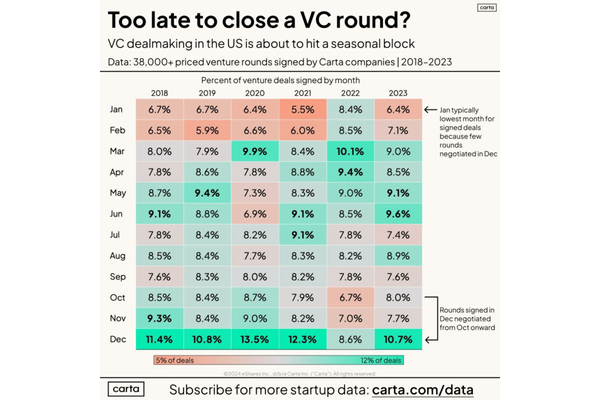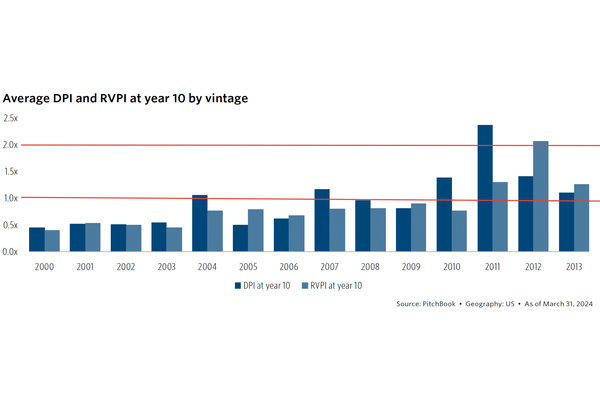SBA Cuts Nearly Half Its Workforce
The SBA just announced a 43% staff cut in a major reorg. For founders relying on government programs, this could mean fewer resources and slower support. Here's what this shift means for your funding strategy—and how to stay in control.

The U.S. Small Business Administration just announced a major internal reorganization, including a 43% reduction in staff. For founders—especially those running small or bootstrapped businesses—this is a warning sign.

Government support has long played a quiet but critical role in the entrepreneurial ecosystem. SBA-backed loans, disaster assistance, counseling programs, and training resources have helped countless founders—particularly those outside of venture capital hot zones—get off the ground or stay afloat. A 43% cut in staff raises real concerns about how accessible and effective these programs will be moving forward.
Why This Matters to You
If you’ve ever relied on the SBA—or considered it—you should prepare for slower response times, fewer resources, and potentially reduced access to funding or advisory programs. And if you haven’t yet interacted with the SBA, this change underscores a broader theme: institutional safety nets are getting weaker. Founders need to get sharper about managing cash flow, funding growth, and building relationships that aren’t tied to government support.
This shift hits especially hard for underrepresented founders, rural entrepreneurs, and those in industries where venture capital isn’t a fit. CDFIs (Community Development Financial Institutions) and SBA lenders often fill the gap for these entrepreneurs. If fewer SBA resources are available to support those institutions, access to capital could shrink further.
What Founders Should Do
- Stay plugged in. Track how this reorg affects specific programs like SBA 7(a) loans or SCORE mentoring. Don’t assume the same support will be there next quarter.
- Strengthen your network. Build relationships with local banks, credit unions, CDFIs, and regional economic development orgs. They may become more important than ever.
- Diversify your funding strategy. Explore private financing options, grants, or even customer-funded growth. Relying on a single source—especially a government one—is a risk.
- Keep your margins healthy. A leaner business is a more resilient one. If safety nets are disappearing, the best hedge is profitability.
The SBA reorg may not make national headlines, but it’s a canary in the coal mine. If you’re building a business in today’s economy, staying in control means knowing what’s changing—and adapting fast.




